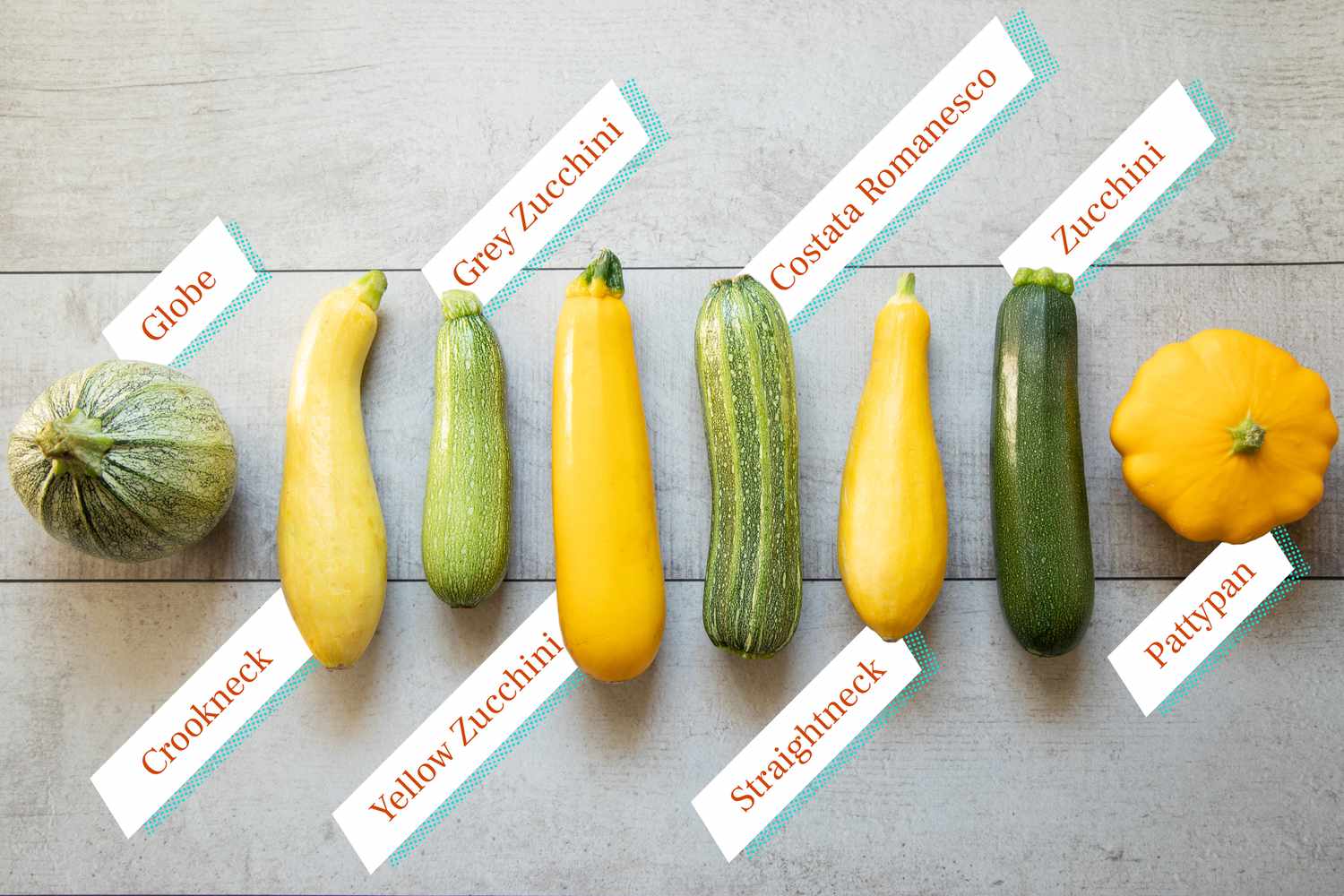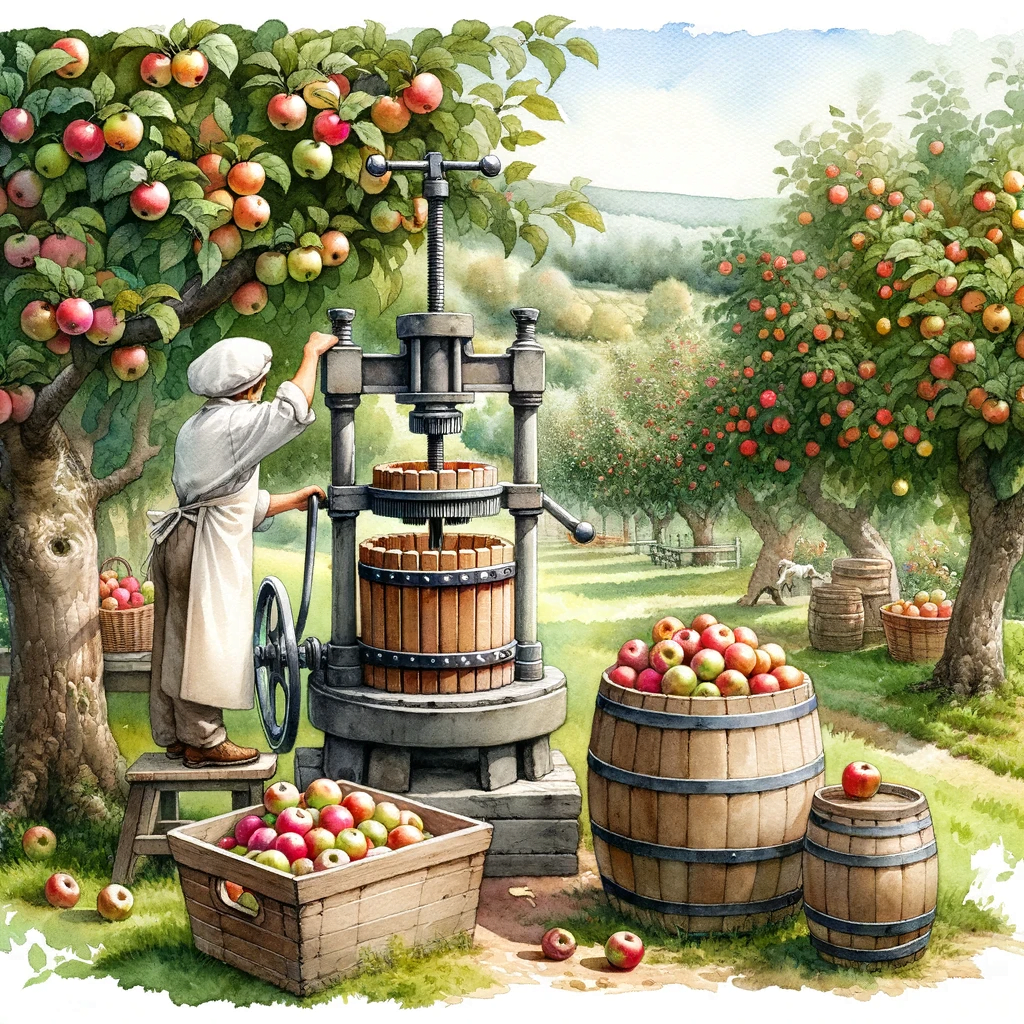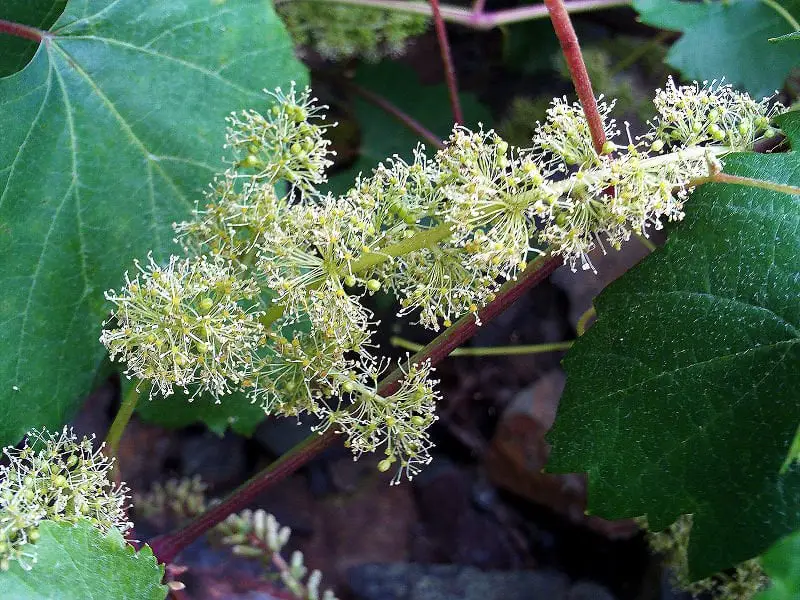Hey there! Get ready to dive into the wonderful world of yellow squash season! If you’ve ever wondered when is the prime time to enjoy this vibrant and delicious vegetable, look no further. In this article, we’ll explore everything you need to know about yellow squash season, from when it starts to when it peaks, and even how to choose the best ones at the grocery store. So, grab a seat, because we’re about to embark on a delightful journey filled with the freshest and tastiest yellow squash. Let’s get started!
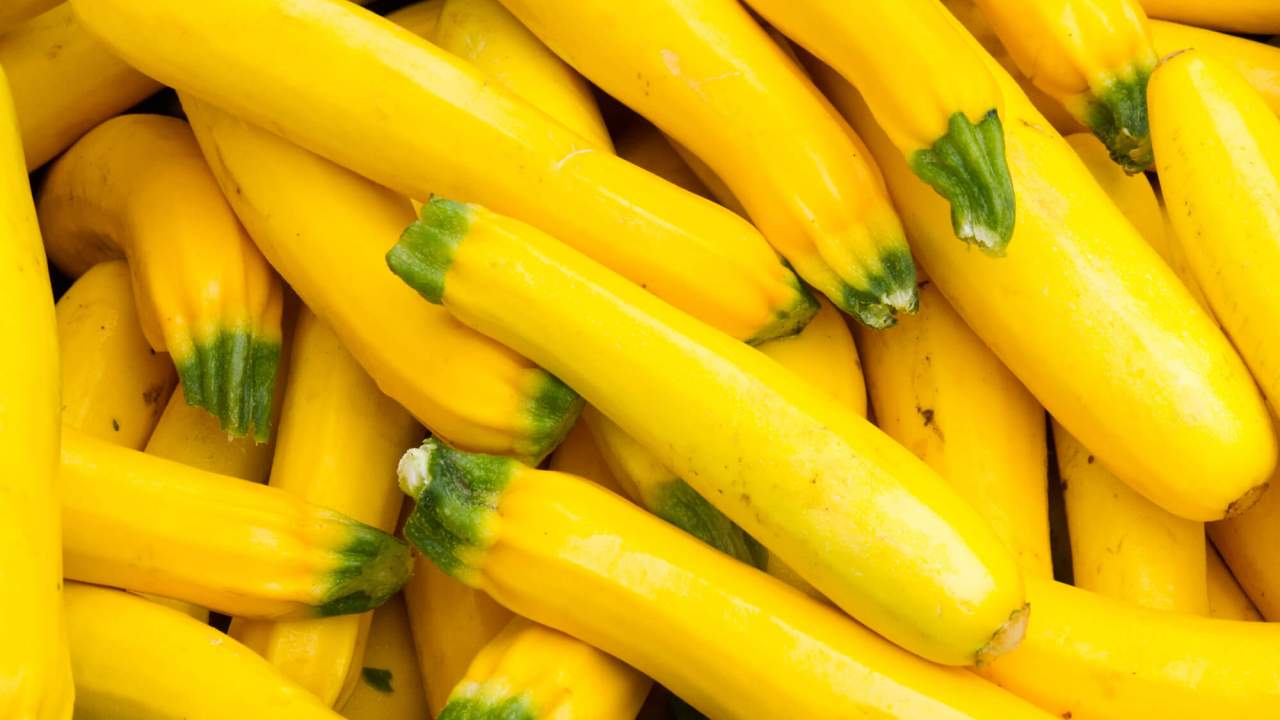
Yellow Squash Basics
Yellow squash is a versatile and delicious vegetable that is a popular choice for many home cooks. It is a type of summer squash that belongs to the Cucurbita pepo species. Yellow squash gets its name from its vibrant yellow color, which adds a pop of brightness to any dish. In this article, we will explore the different types of yellow squash, how to grow and harvest it, its nutritional value, health benefits, cooking methods, storage suggestions, preserving techniques, and interesting facts about this delightful vegetable.
Types of Yellow Squash
There are several varieties of yellow squash, each with its own unique characteristics. The most common ones include:
Straightneck Squash: This variety has a smooth, elongated shape with a bulbous end and a tapered neck. It is known for its vibrant yellow color and mild, slightly sweet flavor.
Crookneck Squash: Crookneck squash is similar to straightneck squash but has a distinct curved or crooked neck. It is also yellow in color and has a rich, buttery taste.
Pattypan Squash: Also known as scallop squash, pattypan squash is small and round with scalloped edges. It comes in various shades of yellow and has a tender flesh that offers a delicate flavor.
Yellow Zucchini: Yellow zucchini, sometimes referred to as golden zucchini, closely resembles its green counterpart. However, it has a bright yellow skin and a milder taste.
Growing Yellow Squash
If you want to enjoy fresh, homegrown yellow squash, consider growing it in your garden. Yellow squash plants thrive in warm climates and require full sun, well-drained soil, and regular watering. You can start your yellow squash journey by planting seeds directly in the ground or by transplanting seedlings. Be sure to provide ample space for the plants to spread, as they can become quite large. With proper care and attention, you can enjoy a bountiful harvest of yellow squash throughout the growing season.
Harvesting Yellow Squash
When it comes to harvesting yellow squash, timing is key. Yellow squash is typically ready to be harvested within 50 to 60 days after planting. Look for young, tender squash that are around 6 to 8 inches in length. The skin should be firm and glossy, free from blemishes or marks. To harvest, gently twist or cut the squash from the plant, taking care not to damage the stem or surrounding foliage. Regularly harvesting yellow squash encourages the plant to produce more fruit and extends the harvest season.
Nutritional Value of Yellow Squash
Yellow squash not only adds color and flavor to your meals but also packs a nutritional punch. It is low in calories and carbohydrates, while being a good source of essential vitamins, minerals, and fiber.
Calories and Macronutrients
A cup of sliced, cooked yellow squash contains approximately 36 calories, making it a great choice for those watching their calorie intake. It is also low in fat, cholesterol-free, and sodium-free. Yellow squash is primarily composed of water, which contributes to its hydrating properties. Additionally, it contains small amounts of protein and dietary fiber, offering satiety and aiding in digestion.
Vitamins and Minerals
Yellow squash is a rich source of various vitamins and minerals. It is particularly high in vitamins A and C, both of which are powerful antioxidants that support immune function and promote healthy skin and vision. It also contains significant amounts of vitamins B6 and K, as well as minerals like potassium and manganese. These nutrients play essential roles in maintaining overall health and well-being.
Health Benefits of Yellow Squash
Incorporating yellow squash into your diet can bring about a multitude of health benefits. Let’s explore some of these benefits in more detail:
Rich in Antioxidants
Yellow squash is packed with antioxidants, which help protect your body against oxidative stress and reduce the risk of chronic diseases. The vibrant yellow color of the squash is a result of the high concentration of carotenoids, including lutein and zeaxanthin. These compounds have been shown to promote eye health by shielding the eyes from damaging free radicals.
Promotes Digestive Health
The fiber content present in yellow squash aids in digestion and supports a healthy gut. Dietary fiber adds bulk to the stool, facilitating regular bowel movements and preventing constipation. Additionally, the soluble fiber found in yellow squash acts as a prebiotic, nourishing the beneficial bacteria in your intestines and promoting a healthy balance of gut flora.
Supports Weight Loss
If you’re looking to shed a few pounds, yellow squash can be a valuable addition to your diet. With its low calorie and high water content, yellow squash provides a satisfying, nutrient-rich option that can help you feel fuller for longer. It can be a great substitute for higher-calorie ingredients in recipes, allowing you to enjoy delicious meals while keeping your calorie intake in check.
Strengthens Vision
As mentioned earlier, yellow squash contains a generous amount of carotenoids, specifically lutein and zeaxanthin. These antioxidants have been linked to promoting eye health and reducing the risk of age-related macular degeneration. Regular consumption of yellow squash can contribute to maintaining good vision and preventing eye disorders.
Boosts Immunity
The combination of vitamins and minerals found in yellow squash, particularly vitamin C, contributes to a healthy immune system. Vitamin C is essential for the production of white blood cells, which play a crucial role in defending the body against infections and illnesses. By incorporating yellow squash into your diet, you can give your immune system the support it needs to function optimally.
Including Yellow Squash in Your Diet
Now that you’re aware of the nutritional value and health benefits of yellow squash, you may be wondering how to incorporate it into your daily meals. Fortunately, yellow squash is incredibly versatile and can be prepared in various ways.
Cooking Methods for Yellow Squash
Yellow squash can be cooked using a range of methods, such as:
- Sautéing: Heat a pan with a small amount of oil or butter and cook sliced or diced yellow squash until tender and slightly browned. Season with herbs and spices of your choice for added flavor.
- Grilling: Slice the yellow squash into thick rounds or lengthwise strips and brush them with oil. Grill them over medium heat until they are charred on the outside and tender on the inside.
- Roasting: Toss chunks of yellow squash with olive oil, salt, and pepper, then roast them in the oven until they are golden and caramelized.
- Steaming: Place sliced or whole yellow squash in a steamer basket over boiling water and steam until they are fork-tender. This method helps retain the vegetable’s natural flavors and nutrients.
Delicious Yellow Squash Recipes
Here are a few mouthwatering recipes that will help you make the most of yellow squash:
- Yellow Squash Casserole: Combine sliced yellow squash, onions, and cheese in a baking dish. Top it off with a crispy breadcrumb and Parmesan cheese mixture before baking until golden and bubbly.
- Stuffed Yellow Squash: Hollow out yellow squash halves and fill them with a mixture of breadcrumbs, herbs, cheese, and cooked sausage or vegetables. Bake until the squash is tender and the filling is golden.
- Grilled Parmesan Yellow Squash: Brush thick slices of yellow squash with olive oil, sprinkle them with Parmesan cheese, and grill until tender. Serve them as a tasty side dish or as a topping for grilled burgers or sandwiches.
Get creative with your yellow squash recipes and enjoy the flavors and textures this versatile vegetable has to offer.
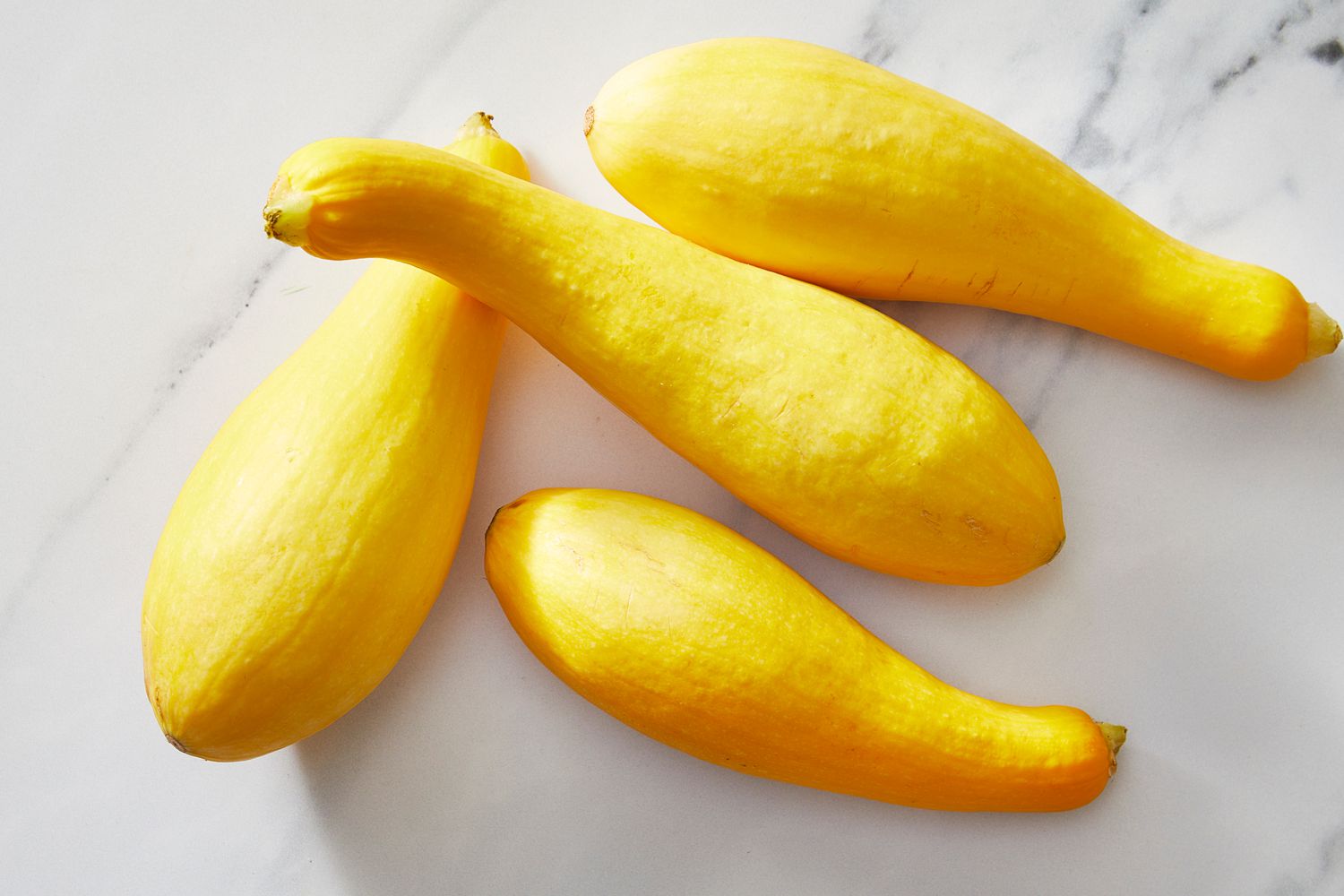
Yellow Squash Storage Suggestions
Proper storage is essential to maintain the freshness and quality of yellow squash. Whether you have an excess harvest from your garden or have purchased too much from the store, here are some storage suggestions to keep your yellow squash at its best:
Storing Fresh Yellow Squash
Fresh yellow squash should be stored in the refrigerator to maintain its crispness. Place it in a perforated plastic bag or wrap it in a damp paper towel to prevent moisture loss. Avoid washing the squash before storage, as excess moisture can promote spoilage. Stored properly, yellow squash can typically last for about 5 to 7 days in the refrigerator.
Freezing Yellow Squash
If you have more yellow squash than you can consume in a short period, freezing it is a fantastic option to prevent waste. Follow these steps to freeze yellow squash:
- Wash and slice the squash into your desired shape and thickness.
- Blanch the sliced squash in boiling water for 2 to 3 minutes, then transfer it to an ice bath to cool rapidly.
- Drain the squash and pat it dry to remove excess moisture.
- Place the squash in freezer bags or airtight containers, removing as much air as possible.
- Label the containers with the date and place them in the freezer.
Properly frozen yellow squash can be stored for up to 12 months. Thawed yellow squash is best used in cooked dishes, as the texture may become slightly softer after freezing.
Preserving Yellow Squash
Canning is another excellent method for preserving yellow squash. By canning, you can extend the shelf life of this versatile vegetable and enjoy it throughout the year.
Canning Yellow Squash
Follow these steps to can yellow squash:
- Select fresh, firm yellow squash and wash them thoroughly.
- Slice the squash into your desired shape, such as rounds or spears.
- Prepare a brine solution by dissolving salt in boiling water.
- Blanch the sliced squash in boiling water for 3 to 4 minutes, then transfer them to an ice bath to cool.
- Pack the cooled squash tightly into sterilized jars, leaving a ½-inch headspace.
- Pour the prepared brine solution into the jars, ensuring that the squash is fully submerged.
- Remove any air bubbles and adjust the headspace if necessary.
- Wipe the jar rims and seal them with sterilized lids and rings.
- Process the jars in a boiling water bath for the recommended time based on your altitude and jar size.
- Allow the jars to cool completely before storing them in a cool, dark place.
Home-canned yellow squash can last up to a year if stored properly. Always inspect the jars for any signs of spoilage before consuming the contents.
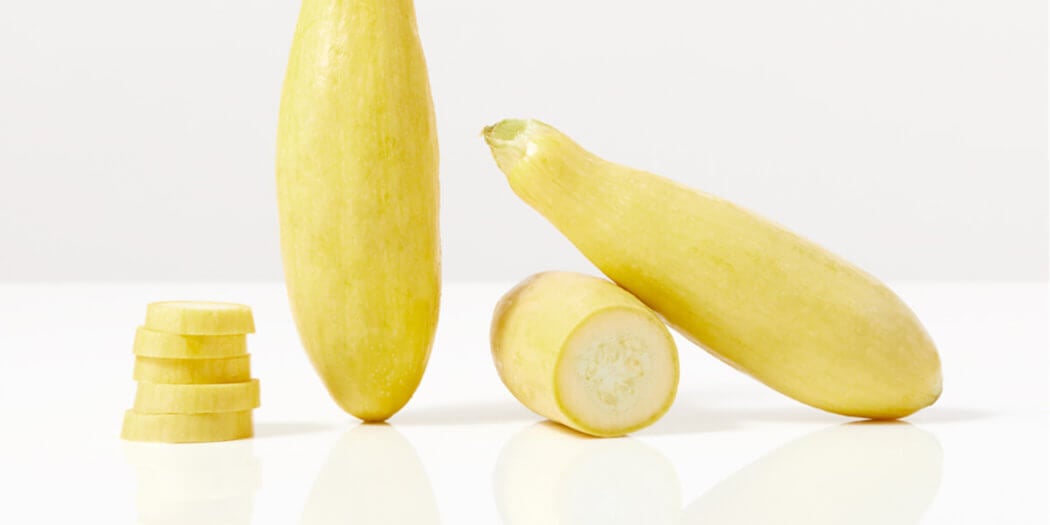
Using Yellow Squash in Other Ways
Apart from being a star ingredient in savory dishes, yellow squash can also be used in a variety of other culinary creations. Let’s explore some unique ways to incorporate yellow squash into your cooking:
Yellow Squash in Baking
Yellow squash can add moisture and a subtle sweetness to baked goods. Grated or pureed yellow squash can be added to muffin, bread, or cake batters for a hidden dose of vegetables and enhanced flavor. You can even experiment with yellow squash in pie fillings or use it as a base for moist and nutritious pancakes.
Yellow Squash in Beverages
Looking for a refreshing and nourishing beverage option? Try incorporating yellow squash into your smoothies or juices. Blend together yellow squash, your favorite fruits, leafy greens, and a splash of coconut water or almond milk for a vibrant and nutritious drink. You can also infuse water with yellow squash slices, along with other fruits and herbs, to create a refreshing detox water.
Yellow Squash in Side Dishes
Yellow squash shines as the star of side dishes, showcasing its natural flavors and vibrant colors. Sautéed yellow squash with garlic and herbs makes for a quick and tasty side dish. You can also create a flavorful medley by combining yellow squash with other vegetables like peppers, onions, or cherry tomatoes. For a healthier alternative, try oven-baked yellow squash fries seasoned with spices and served with a dipping sauce.
Differentiating Yellow Squash and Zucchini
If you’re new to the world of summer squash, you may be wondering about the differences between yellow squash and zucchini. While they belong to the same family, there are a few physical and culinary distinctions that set them apart.
Physical Differences
Yellow squash and zucchini have distinct physical characteristics that make them easily distinguishable. Yellow squash, as the name suggests, has a vibrant yellow color, while zucchini is typically green. Yellow squash also tends to have a more bulbous end and a tapered neck, while zucchini is straight with a consistent shape throughout.
Culinary Uses
Both yellow squash and zucchini can be used interchangeably in many recipes, thanks to their similar taste and texture. However, some prefer yellow squash for its slightly sweeter flavor, while others enjoy the milder taste of zucchini. Texture-wise, yellow squash tends to be softer and more tender when cooked, whereas zucchini retains a slight firmness. Ultimately, the choice between yellow squash and zucchini comes down to personal preference and the specific dish you’re preparing.
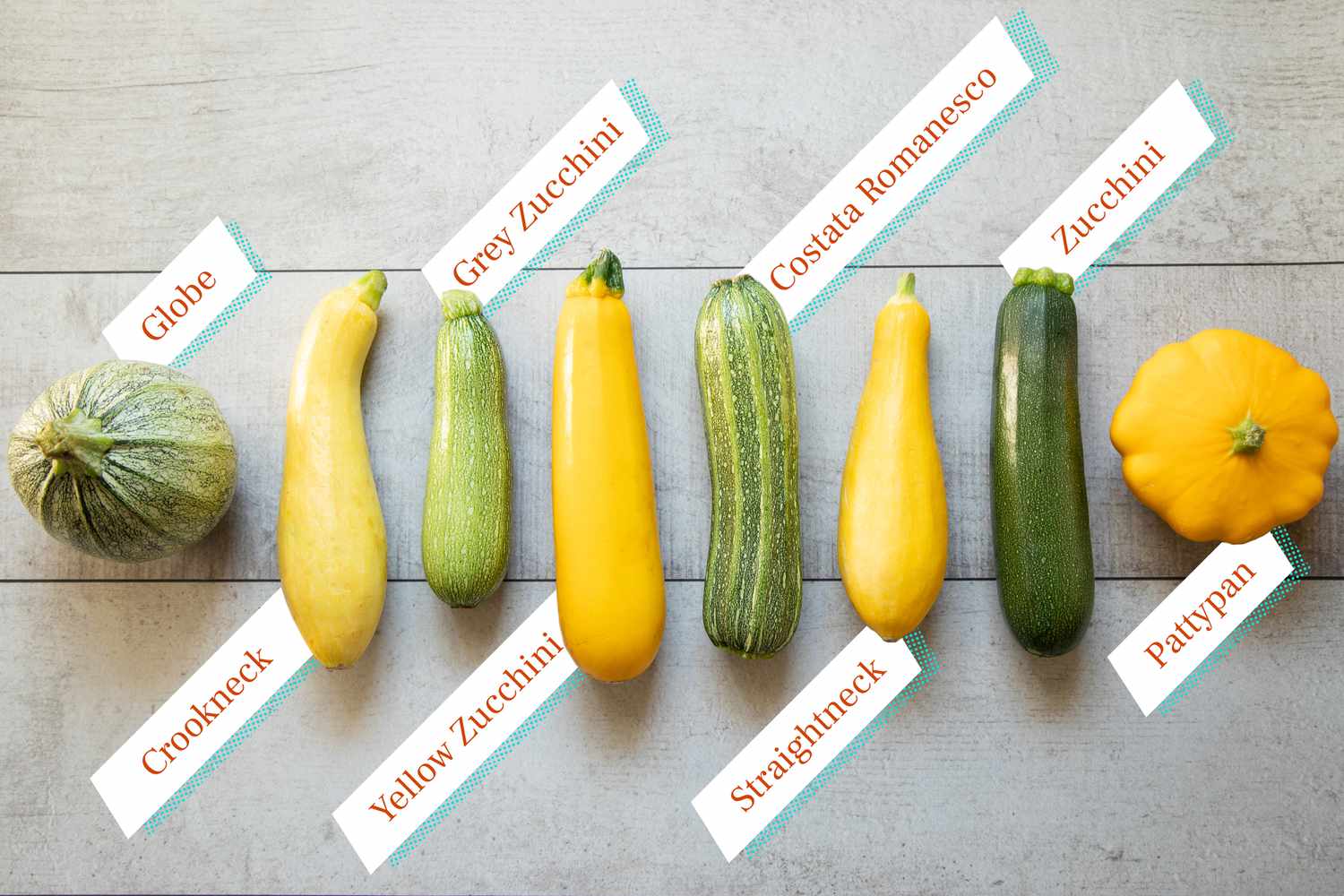
Interesting Facts about Yellow Squash
As we wrap up our comprehensive exploration of yellow squash, here are some fascinating facts to pique your curiosity:
Yellow Squash Varieties
Did you know that there are over 100 types of yellow squash? From the classic straightneck and crookneck varieties to lesser-known types like Zephyr and Golden Egg, yellow squash comes in an impressive array of shapes, sizes, and flavors. Exploring different yellow squash varieties can add excitement and variety to your culinary adventures.
Yellow Squash Trivia
Yellow squash has a rich history and cultural significance. It is believed to have originated in the Americas, where indigenous peoples cultivated and enjoyed this versatile vegetable for centuries. Today, yellow squash is enjoyed worldwide and plays a prominent role in various cuisines, from Mexican and Italian to Southern American and Mediterranean. Its vibrant color and mild flavor make it a popular ingredient in both traditional and contemporary dishes.
Conclusion
Yellow squash is not only a delight for the eyes with its vibrant color but also a nutritious addition to your diet. Whether you’re savoring its subtle sweetness or reaping its health benefits, yellow squash offers versatility and culinary appeal. From growing and harvesting to cooking and preserving, this comprehensive guide has equipped you with the knowledge and inspiration to fully appreciate the wonders of yellow squash. So, next time you come across this charming vegetable, embrace the opportunity to explore its endless possibilities and savor its delicious flavors.
